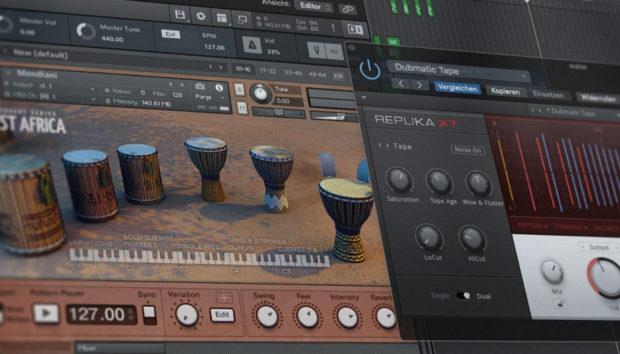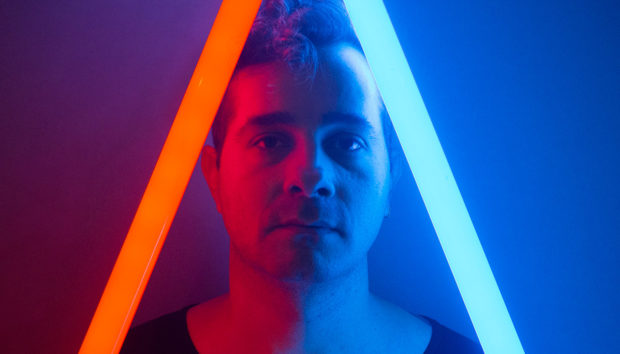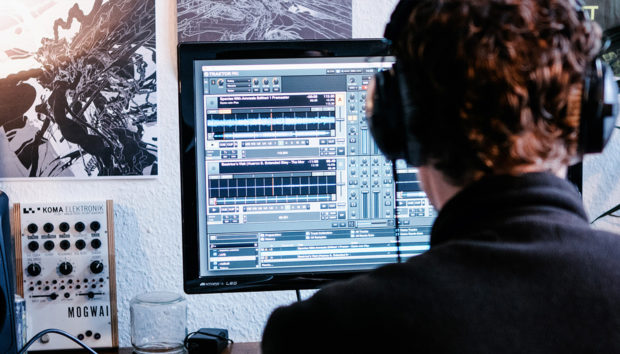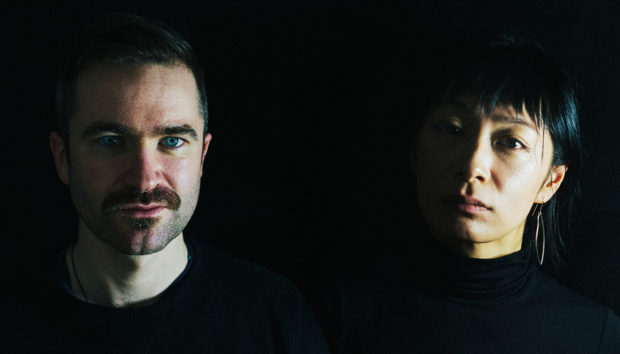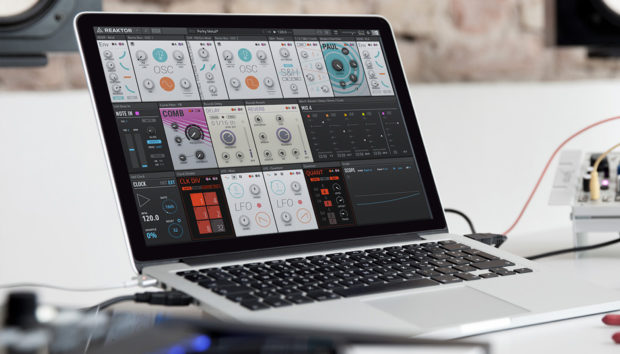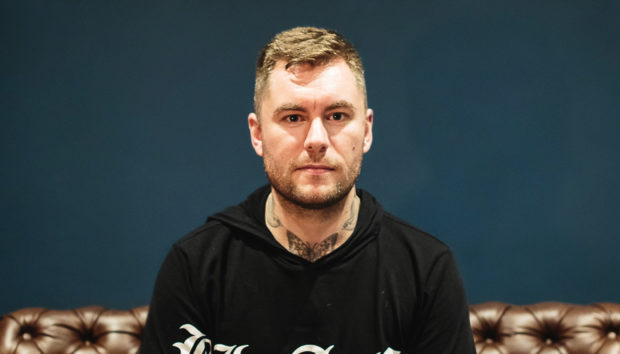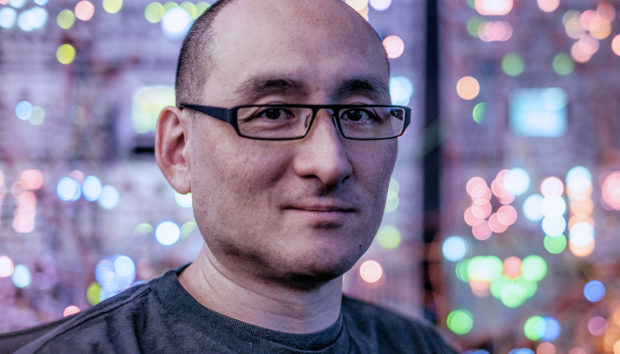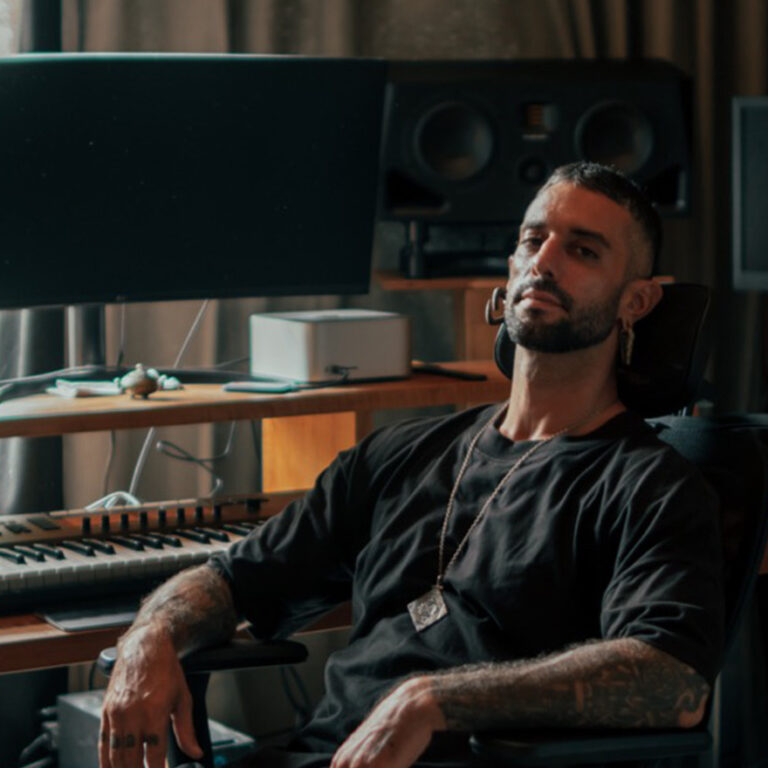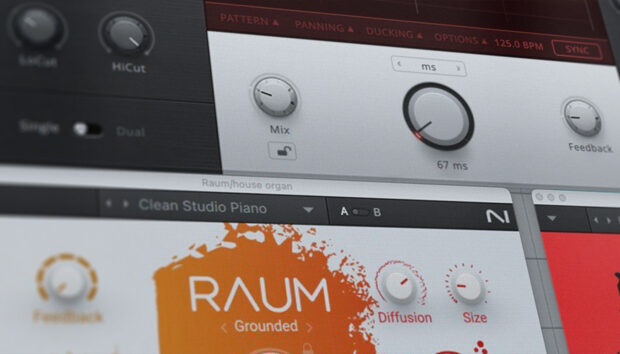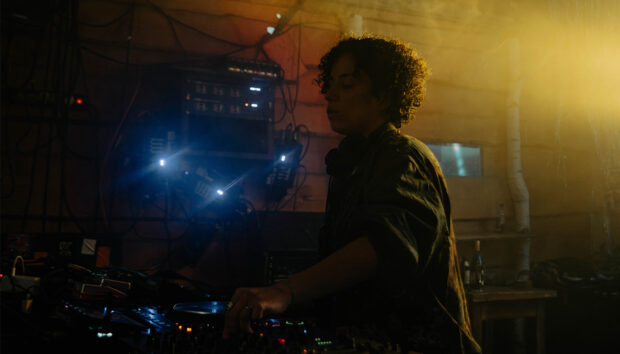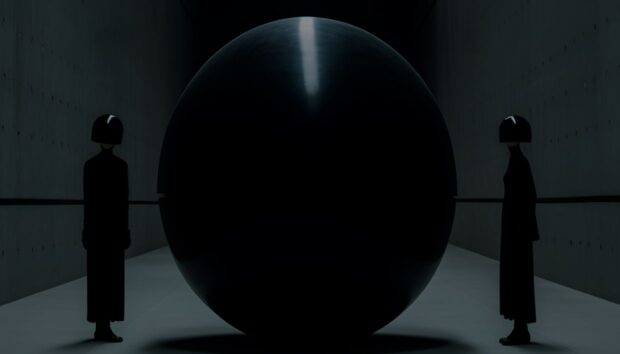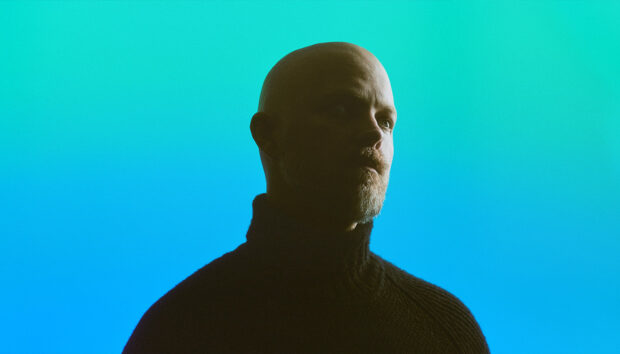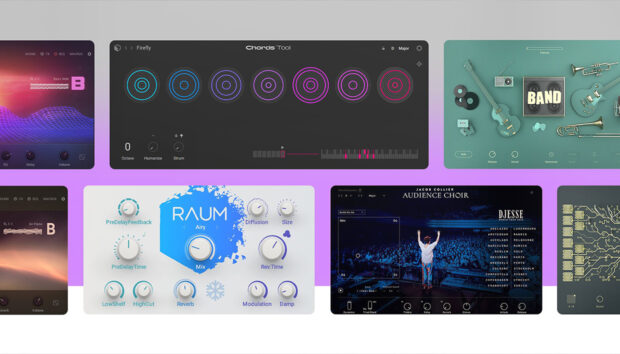Aaron Suiss has been pushing his own corner of melodic techno for years, but 2024 and 2025 have marked a particularly strong run.
Between collaborations with Einmusik, Gai Barone, and Citizen Kain, as well as steady support from names like Hernan Cattaneo, Miss Monique, and Nora En Pure, his sound has landed on festival stages from EDC Mexico to Universo Paralello.
Now based in Koh Phangan, Thailand, Suiss balances label work at Echoes Of Time with a packed release schedule, including Hypno Therapy, his latest collaboration with Barak White. Built on hypnotic grooves and an emotive core, the track’s low end design is a reminder that Suiss treats bass as more than an afterthought.
In this interview, he breaks down exactly how he uses Monark to shape powerful, clean bass lines that carry his music on the dancefloor.
Jump to these sections:
- How Aaron uses Monark to shape sub-bass and mid-bass layers
- Tips for balancing saturation and clarity in bass lines
- Keeping bass lines cohesive with atmospheric and melodic elements
- Why a strong low end identity matters for labels and DJs
- Deciding when a bass line is “finished”
- Bass design priorities at Echoes Of Time
Here’s what Aaron had to say about bass design, Monark, and the low end philosophy behind Hypno Therapy.
You can also download some of Aaron’s exclusive Monark presets for your tracks.
What makes Monark stand out for shaping low end in melodic techno compared to other synths?
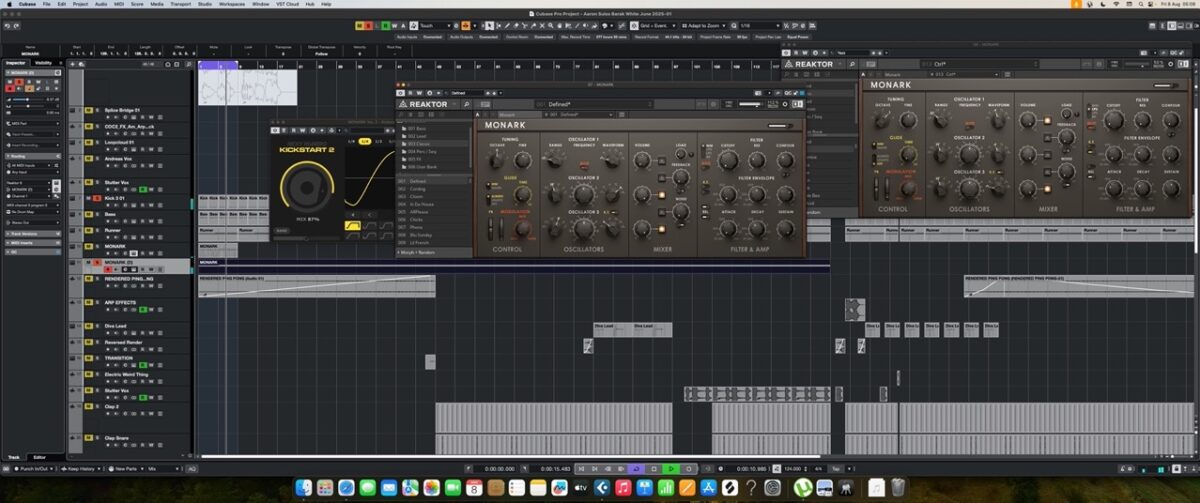
Monark has a very crisp and clean analog sound that I love. The essential modulation options give you a lot of control and make it quick and easy. Using that with the filters makes it easy to shape your sound properly and add or subtract the correct amount of drive and saturation that is suitable for the track.
An example would be using Monark to first add a sub-bass layer. A very round, deep, and low sound, cutting off the mid and high frequencies between 200 – 20 kHz (not always exactly this range) with an EQ. Then, I find another built-in preset or make my own preset for another layer of bass or mid bass. That seriously fills up my low end and defines it.
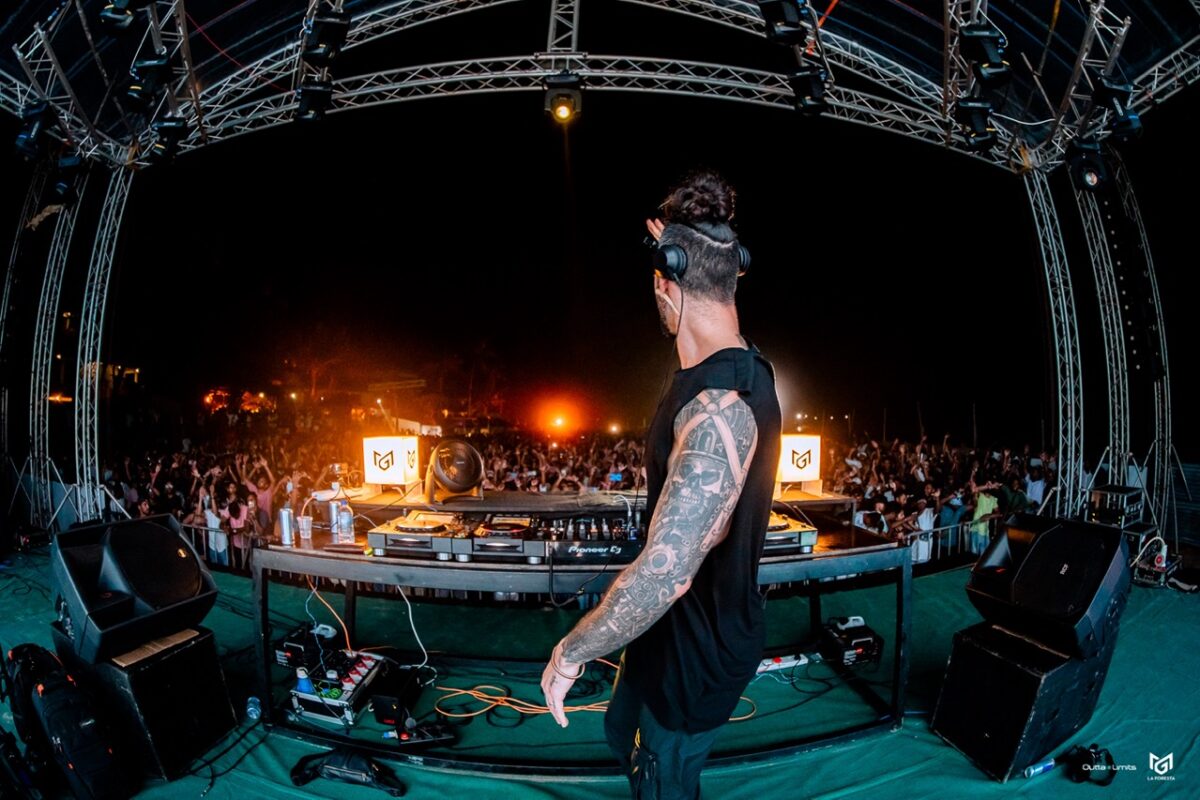
Also, I frequently use Monark for a long, sustained deep note through a whole track. The listeners don’t really hear it, but you feel it. If I removed it, you’d immediately notice the difference. Power comes not just from sounds you hear, but also from sounds you feel.
With all that being said, I’d like to emphasize that Monark’s sounds are fat and gritty enough as they are, so you do not always need to layer. They are powerful enough with just one layer most of the time. I am just giving you some examples and options. Remember, this is art. There is no “right way.”
Pro tip from Aaron Suiss: There is no “right way.” Experiment and think outside the box.
How do you approach saturation or drive in Monark when you want a bass line to cut through without overpowering?

I approach saturation and drive in Monark the same way I would in all cases. Thoughtfully and with a purpose. I recommend adding carefully instead of just pushing them to avoid muddying up your mix.
There are many ways to saturate and drive your bass lines using external plugins, but you can also try blending the saturated bass line with a dry signal. So you would have one completely dry and one processed. Then you can use the Dry/Wet knob to mix in exactly how much saturation you want.
Another option would be to use Monark’s internal saturation sparingly and then add another saturator like Saturn 2 or Supercharger GT to increase the amount of distortion you want.
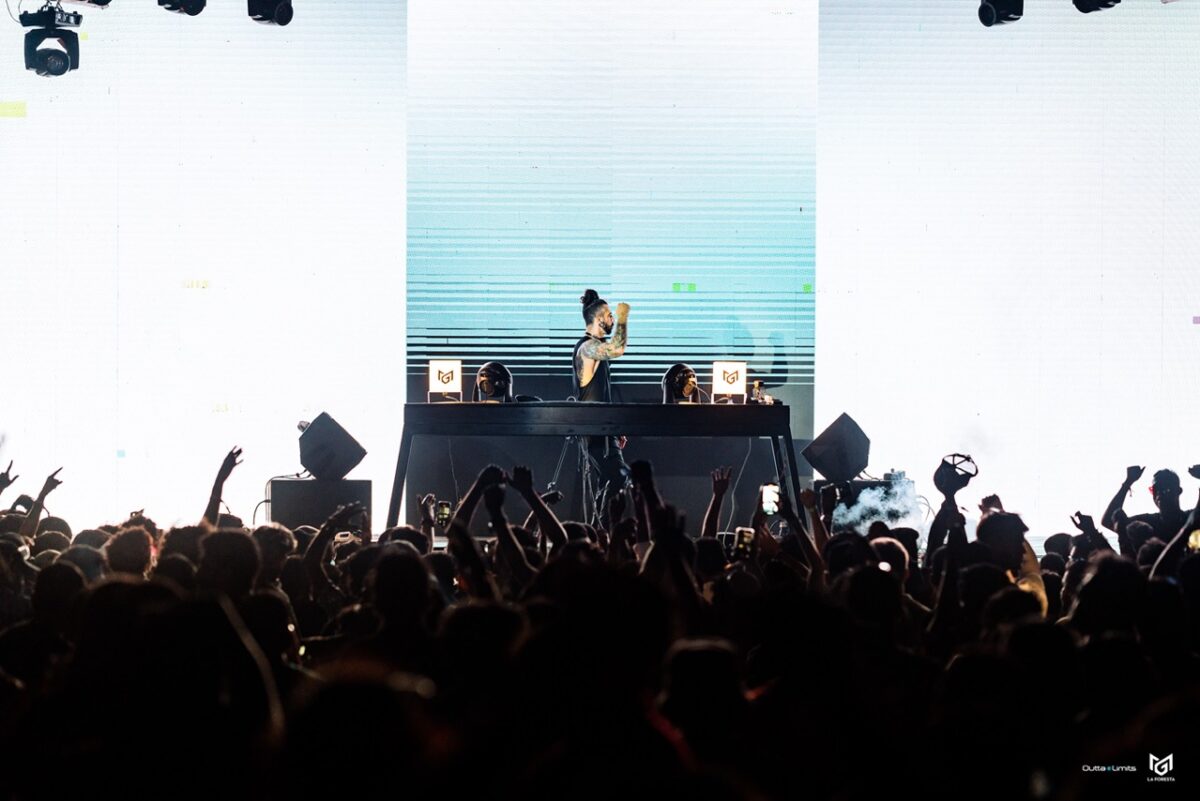
Remember, use your ears. Too much saturation will distort and muddy up your sound, and this is the opposite of what you want. You want to have a clean and clear bass line cutting through your mix. You don’t want a loud, distorted, muddy bass line that you can hear but makes everything sound dirty. Always reference other tracks you have played and know sound good to compare the clarity and levels.
Pro tip from Aaron Suiss: Add each sound with a purpose. Don’t just add sounds because you feel the track needs “more.”
Do you integrate Monark bass lines with atmospheric or melodic elements in tracks like “Hypno Therapy” so they stay cohesive?
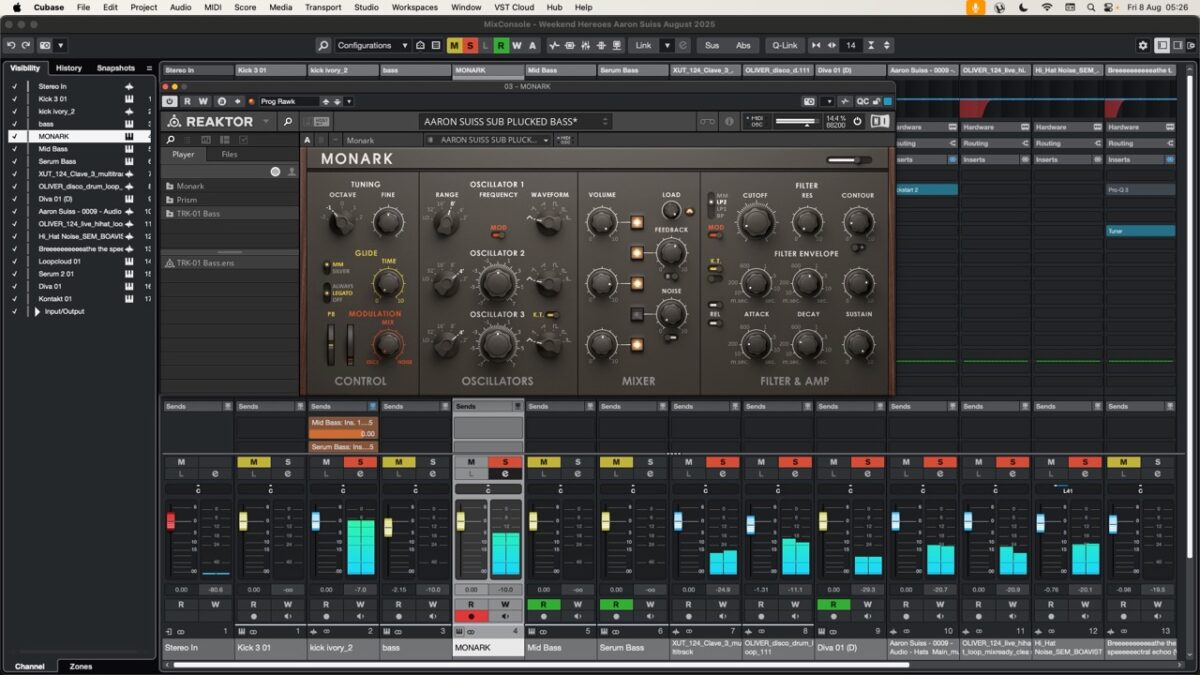
Yes, I do!
I usually tend to use Monark for long sub bass lines that run through the track, as they are very warm and full, but do not take significant space in the upper area of the frequency spectrum.
This allows me to add another layer of bass to really fill up that low end. After that, I can either use Monark or another synth to add a more mid-range atmospheric or melodic element. Now we’re starting to fill up the track as a whole. With Monark on the low end, it does most of the heavy lifting. That makes it easier for me to be creative without having any harmonic clashes or elements fighting for the spotlight.
Pro tip from Aaron Suiss: Work with what you’ve got! Instead of adding another layer, try modulating what you’ve got to give more rhythm and variation. Open and close filters, for example, and see what you need afterwards.
What are your strongest opinions on developing a distinct low end identity in your tracks, and how can this help set them apart when sending music to labels or DJs?
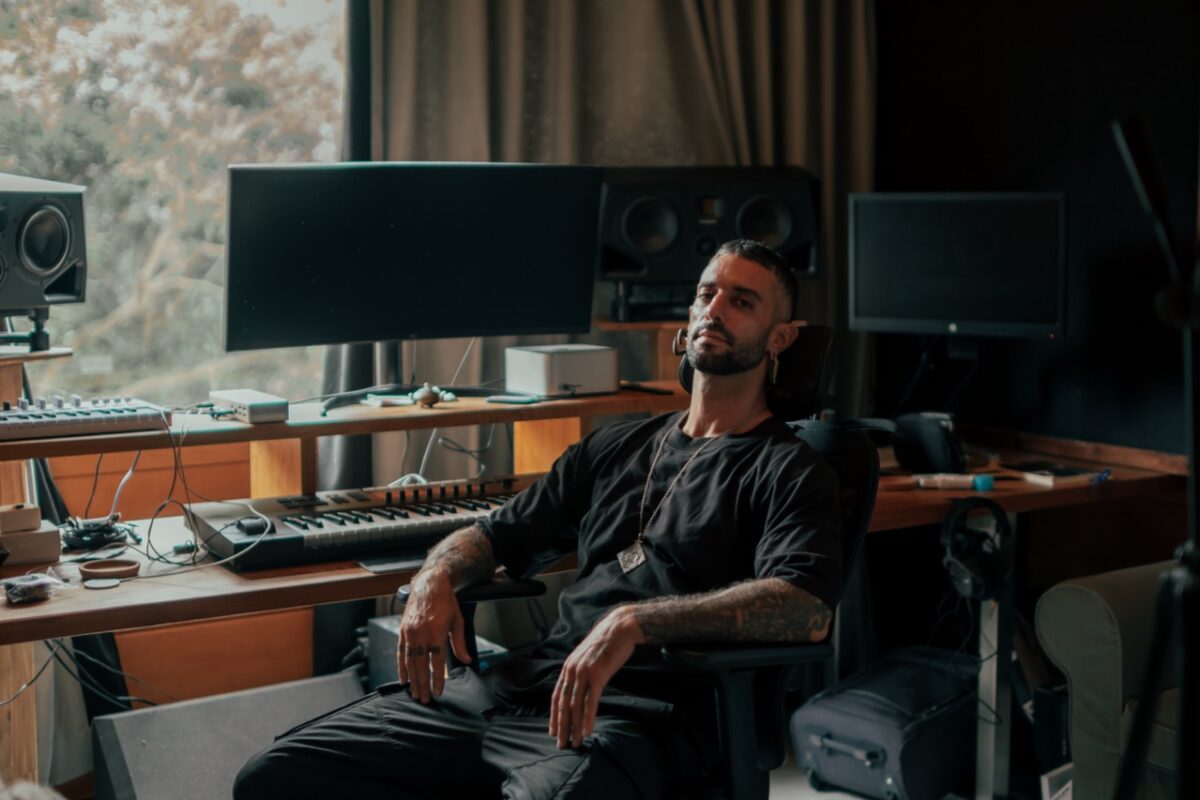
I believe a strong low end is extremely important.
This is the part of the track that moves people from the core. You feel it in your stomach.
A lot of artists I hear tend to make more hollow-sounding bass lines, which is not an issue, it’s just personal preference. When my tracks are being played, you can hear and feel the low end.
I want to go deep and not only move you but reach into your soul. I want to make you feel like you are having a big hug on the dance floor, and when the low end is strong and defined, that’s how it feels. Like a big bubble that moves you and hugs you.
This is a big reason why I use Monark. The sound from Monark is full-bodied.
If I want to make a bass or low end sound, it’s full. If I want to make a melody or atmospheric sound, it’s full. I love that! A lot of synths have good sounds, but they are thin. When I come across a synth that delivers big, fat sounds, it makes my life easier, and it makes my music sound better!
Pro tip from Aaron Suiss: Stay true to yourself and your art. Don’t try sounding like someone else.
How do you decide when a bass line is “finished” versus when it needs more processing or layering?

This is a bit difficult because, as artists, we are never completely satisfied with our art. I think many of us artists never know when it’s “finished.” There is always another opinion or another way, and there is no wrong or right way. This is art, and everyone has their own way of doing things.
However, for me personally, my bass line needs to be full and not only heard but felt. If I cannot feel my bass line in the loudest part of my track when all the melodies, synths, and drums are playing, then for me it’s not done. It either needs more saturation or another layer.
Monark has a great built-in drive and saturation that allows me to define the bass lines I make from there. It is important to start with a sub layer that is deep, low, round, and full. Then you can add another layer to enhance the higher end.
As I said above, Monark is great for that sub layer and the bass layer as well. I’ve included a few of my sub and bass layer presets in a pack so you can see what I mean.
Pro tip from Aaron Suiss: You don’t have to release everything you make. Think of each session as a lesson. You learn something from each one, whether it’s finding a new preset or learning a new way to do something.
Looking at your label Echoes Of Time, how important is strong bass design when signing or developing new artists?

For us at Echoes Of Time, the first thing we want to hear when someone sends us a demo is a full-bodied track. If we play a new demo and the low end is weak, we usually won’t consider signing it. We want our music to carry you as a listener.
However, there are some tracks we’ve signed where that’s not true, so there are exceptions. It really depends on what type of track it is. If the track feels like it is missing something, like a bass that doesn’t feel present, we won’t sign it.
Pro tip from Aaron Suiss: Use elements that you can feel, not only hear.
Wrapping it all up
Aaron Suiss approaches bass design with the same focus he brings to the rest of his productions: intentional choices, clear purpose, and a refusal to overcomplicate.
Hypno Therapy shows how that mindset translates into music that moves people physically and emotionally. At the same time, his work at Echoes Of Time reinforces the importance of strong low end design for artists looking to stand out.
As his release schedule builds and festival dates continue, expect to hear more of that unmistakable Suiss low end on dance floors worldwide.
